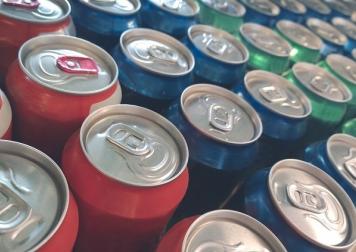Diabetes Can Lead to Tooth Loss, Study Says
A University of Pennsylvania researchers has found that diabetes affects the oral microbiome and increases inflammation and bone loss in the mouth. The study, which was conducted with diabetic mice, linked the microbiome shift with increased tooth decay and loss. The study was published in the journal Cell Host and Microbe.
Concrete evidence of diabetes' affects on the oral microbiome had not been established before this study, say the U of Penn authors. This is the first rigorous study into diabetic consequences for teeth.
When Periodontologists said that there was no link between diabetes and oral microbiome changes, the School of Dental Medicine at UofPenn disagreed.
Now they have proof, they say, and the beliefs of the European and American Periodontologists who'd said there was no link are now shown to be invalid.
The study was international and included members from Peking University, the University of Sao Paolo, Sichuan University, the Federal University of Minas Gerais, and the University of the Capinas. Most of the physical study was done at the Penn Center for Host-Microbial Interactions and the Penn Center for Musculoskeletal Diseases while analysis of the microbiome was done at the Children's Hospital of Philadelphia. The international participants seconded analysis and expert review as well as authorship.
The research involved comparing the oral microbiome of healthy mice with that of diabetic mice. When high blood sugar levels (hyperglycemia) were found in the diabetic mice, the microbiome changed. Even among littermates. Diabetic mice almost all had periodontitis, including a loss of oral bone structure, and increased levels of a signaling molecule important to the immune response for inflammation in the mouth. The latter is the same molecule associated with periodontal disease in humans.
Creating the connection between changes in the oral microbiome and periodontitis was the next step. Researchers transferred microorganisms from the diabetic mice to normal germ-free mice. Recipient mice also developed bone loss when compared to non-diabetic mice who received control transfers. "We were able to induce the rapid bone loss characteristic of the diabetic group into a normal group of animals," the researchers said.
The next step was explaining why. By inhibiting the singaling molecule for inflammation response in the diabetic mice and then transferring microbiome transfers as before, the non-diabetic recipients of the diabetic microbiome had much less severe bone loss.
Source: University of Pennsylvania


































